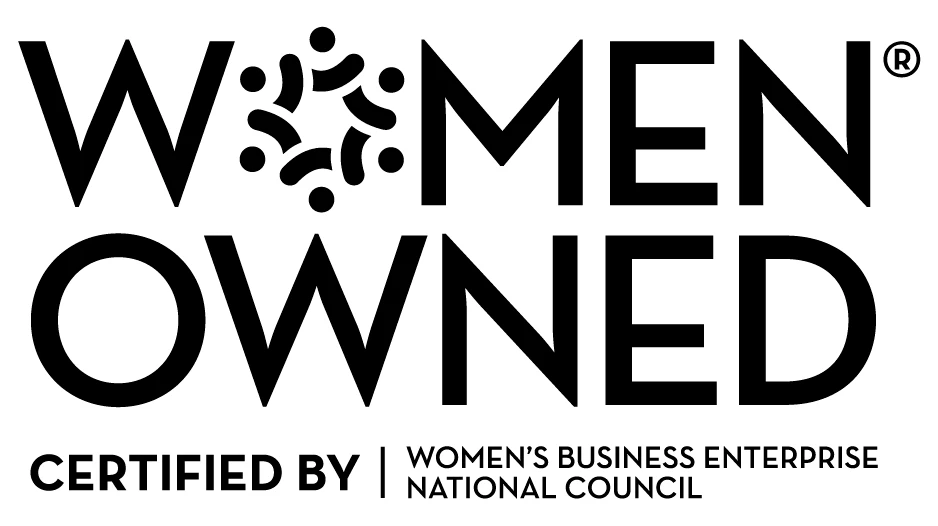Integrating HR Support with Automation for Optimal Performance

As businesses grow and adapt to new technological demands, the role of Human Resources (HR) continues to evolve. While traditional HR Support Automation Integration focuses on personal interaction, manual administration, and hands-on problem-solving, the growing influence of automation has introduced new efficiencies and capabilities into the HR landscape.
Integrating HR support with automation is no longer a futuristic concept—it’s a necessary step for organizations aiming to stay competitive. This post explores how businesses can combine traditional HR support services with modern automation tools to enhance performance, improve employee experience, and streamline operations.
"Reviewing resumes, conducting interviews, and assessing skills to shortlist the best candidates. Integrating new hires into the organization through orientation and training."
Richard Branson
Understanding HR Support and Automation
HR support includes all services and systems that assist employees and management in achieving workplace goals. This can involve hiring, onboarding, payroll, benefits administration, training, and employee relations.
Automation in HR, on the other hand, uses technology—such as software platforms, artificial intelligence (AI), and machine learning—to reduce the manual workload involved in these tasks. It can handle repetitive processes like data entry, attendance tracking, and even parts of recruitment, freeing HR teams to focus on strategic efforts.
When combined effectively, human support and automated systems can deliver consistent, efficient, and scalable HR services.
Why Integration is Essential
Many organizations today still operate with fragmented HR systems—some tasks are digital, others are manual, and information often lives in silos. This lack of cohesion results in inefficiencies, increased costs, and missed opportunities for insights.
By integrating traditional HR support with automated platforms, companies can achieve several key benefits. Operations become more streamlined, reducing the time and effort spent on repetitive administrative tasks. Communication and support across departments are enhanced, enabling smoother collaboration and quicker resolutions. With access to real-time data, HR teams can make faster, more informed decisions that drive strategic outcomes. Ultimately, this integration helps deliver a more consistent and reliable employee experience across the organization.
Integration leads to smarter workflows, better compliance, and more time for HR teams to focus on people over paperwork.


Core HR Functions That Benefit from Integration
-
Recruitment Integration Automation aids by posting job ads, screening applications, and scheduling interviews. HR teams evaluate candidates and provide a welcoming onboarding. Tools assist with forms, orientation, and training.
-
Payroll Optimization Systems manage payroll processing, taxes, and deposits accurately. HR teams explain deductions, resolve payroll issues, and guide employees.
-
Employee Self-Service Portals and bots address common queries about leave, policies, and benefits. HR teams remain vital for handling complex, personal, or sensitive employee matters directly.
-
Integrated Support While automation handles routine tasks, HR ensures empathy and adaptability. This partnership boosts efficiency while preserving the human touch essential for employee relations.
Choosing the Right Automation Tools
The success of integration depends largely on choosing the right tools. When evaluating HR automation platforms, organizations should prioritize solutions that are cloud-based and scalable to support growth and remote access. Platforms should also offer open APIs, allowing seamless integration with other business systems like accounting or project management tools. Robust analytics and reporting capabilities are essential for tracking performance and making data-driven decisions. Customizable workflows add flexibility, enabling teams to tailor processes to their unique needs. Finally, strong compliance features are critical to ensure adherence to privacy regulations such as GDPR and HIPAA.
Popular HR platforms that support integration include Workday, BambooHR, ADP, Gusto, and SAP SuccessFactors.
Strategies for Successful Integration
Effective integration requires more than simply introducing new software into existing workflows. It begins with a thorough assessment of current processes to identify which HR tasks are handled manually, which are already automated, and where gaps or inefficiencies lie. This helps pinpoint the areas most likely to benefit from automation. Once these are identified, it’s important to define specific goals—such as reducing onboarding time, eliminating payroll errors, or boosting employee satisfaction scores—that will guide the integration strategy.
Successful implementation also depends on involving key stakeholders early in the process. Collaboration between HR and IT teams is vital for proper system setup, accurate workflow mapping, and encouraging user adoption. To manage the transition effectively, it’s wise to start small—perhaps with a pilot project like automating benefits enrollment or time tracking—before expanding to a broader automation suite.
Equally important is training. Offering hands-on sessions ensures both HR staff and employees feel confident and supported as they adapt to new tools. Finally, leveraging built-in analytics to monitor usage, adoption rates, and outcomes allows for continuous improvement. Regular feedback from users can drive refinements that ensure the system evolves to meet real-world needs.
Also Read: HR Automation Tools: What’s New in 2025?


Overcoming Common Challenges
While integrating automation into HR offers numerous benefits, organizations often face several challenges during implementation. One common hurdle is employee resistance to change. Team members accustomed to manual processes may hesitate to adopt new systems. This can be addressed by clearly communicating the advantages of automation and actively involving employees in the rollout to foster a sense of ownership.
Technical difficulties also arise, particularly when syncing multiple platforms or deploying a new HR automation subscription. Collaborating closely with IT teams or external consultants helps ensure smooth integration and proper data synchronization. Another concern is the potential loss of personal touch. If automation is overused, it can create a sense of disconnection among employees. Organizations should strive to use automation in ways that enhance human interaction rather than replace it.
Data privacy is another key consideration. With sensitive employee information flowing through automated systems, it’s vital to choose vendors with strong encryption, secure access controls, and proven compliance with regulations like GDPR and HIPAA.
Benefits of Integration for the Business
Despite these challenges, the benefits of integration are significant once the system is properly implemented. Greater efficiency is one such advantage—tasks that previously took hours or days can be completed in minutes, allowing HR teams to focus more on strategic functions like employee engagement. Automation also leads to measurable cost savings by reducing manual labor, minimizing errors, and preventing compliance-related penalties.
The employee experience is notably improved as well, with staff gaining quick access to information and support, resulting in a more responsive and transparent HR function. Additionally, integrated systems offer valuable data-driven insights by collecting and analyzing information in real time. This helps HR teams identify patterns, make smarter decisions, and plan proactively for future workforce needs. Ultimately, businesses that embrace HR automation gain a competitive edge—they scale more effectively, adapt quickly to change, and provide better experiences that attract and retain top talent.
Real-World Examples
-
Tampa Tech Startup A fast-growing startup in Tampa used BambooHR to automate recruiting and onboarding. With less time spent on paperwork, HR focused on mentoring, boosting retention by twenty-five percent.
-
Madeira Retail Chain A retail chain in Madeira Beach adopted ADP Workforce Now for payroll, tracking, and benefits. It cut payroll errors by fifty percent and improved satisfaction during benefits enrollment.
Future Trends in HR Automation Integration
Looking ahead, organizations can expect even more advanced applications of HR automation. Artificial intelligence will play a greater role in personalizing the employee experience, tailoring communication, learning paths, and support based on individual needs. Chatbots will continue to evolve, offering 24/7 assistance for a wide range of HR inquiries. Predictive analytics will become increasingly valuable, helping HR leaders anticipate trends and guide workforce planning more strategically. Additionally, deeper integration with departments like finance and operations will foster cross-functional collaboration and drive organizational efficiency.
These trends will further blur the lines between HR, technology, and business strategy.
Conclusion
Integrating HR support with automation isn’t about replacing people with machines—it’s about empowering HR professionals to work smarter and more strategically. By automating repetitive tasks and supporting them with human insight, businesses can build more agile, responsive, and people-centric workplaces.
For organizations that want to boost efficiency, reduce costs, and enhance the employee experience, the integration of HR support with Human Resources Process Automation is not just an option—it’s a smart, necessary move toward future-ready HR.




